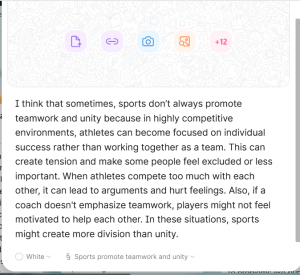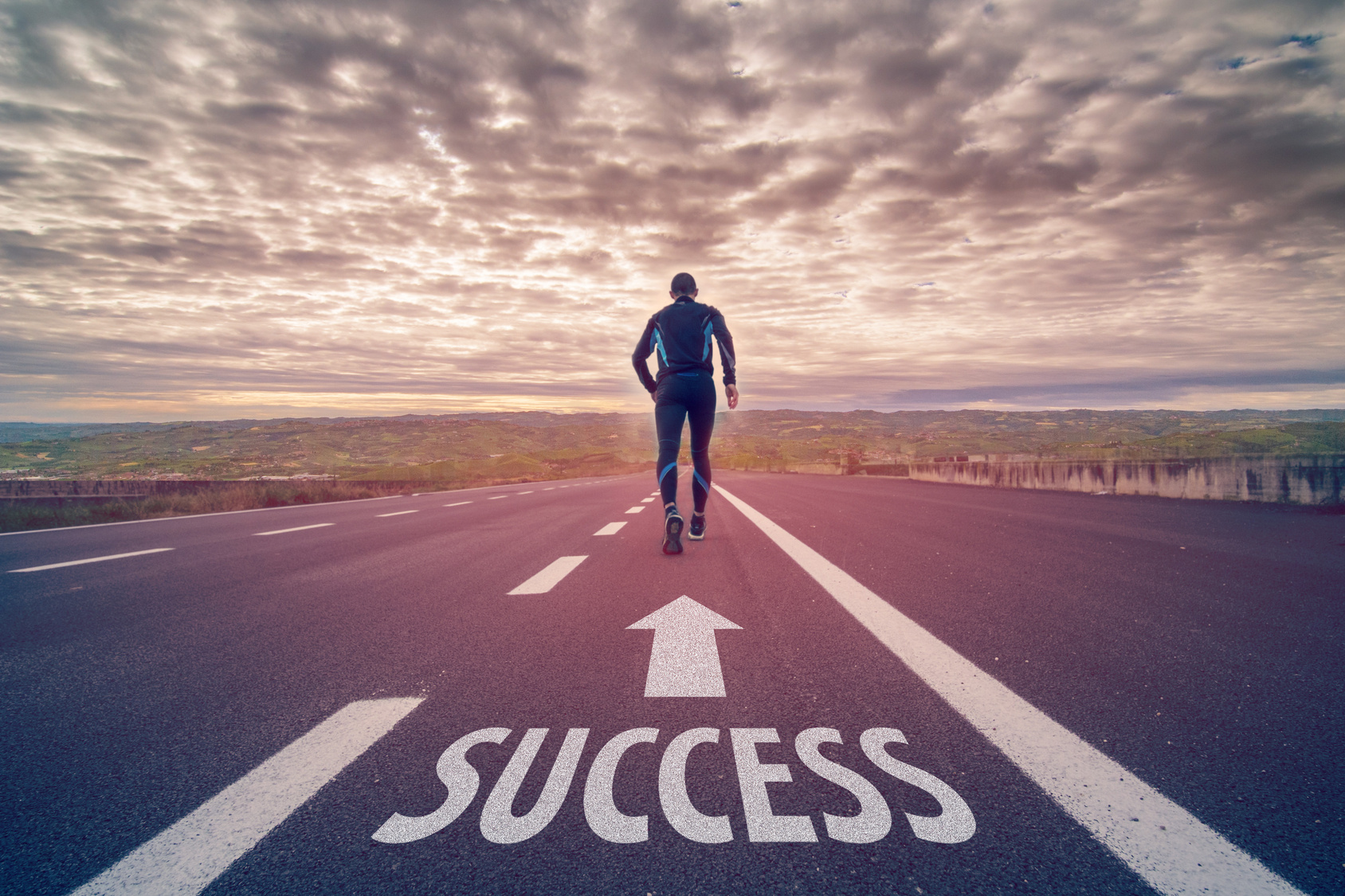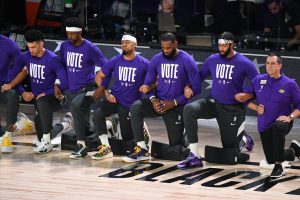1
Section One: The Fundamentals
A) What do we know about sport? What are common assumptions we make about sport and society?
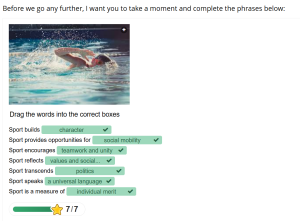
| Sports Promote Teamwork and Unity
I was very surprised at what my peers were saying in the padlet. Especially the points about how sports doesn’t always reflect individual merit… I noticed one peer mentioned how merit is not about winning a medal or experiencing athletic gain. AS a competitive athlete this has always been my mindset…the idea of being the best there is and pushing for greatness was my definition of merit but after hearing what my classmates had to say my perspective shifted a bit. |
Exercise 3: Notebook prompt
What are some other metanarratives about sport that you are familiar with? Find an image or video clip or draw something yourself that captures this idea…
So what? Why does any of this matter? Does it matter? As something we grow up with – live with – play through – we don’t often interrogate the meanings of sport, and perhaps we don’t want to.
But being aware of these assumptions and metanarratives is especially important, I would argue, because of the centrality of sport to our everyday lives, the role that sport plays in shaping our childhood and worldviews and….. [finish that thought]
| Some common metanarratives that I’ve noticed about sports are that they teach you discipline, that winning is the most important thing, and that athletes are like superheroes. Another idea is that sports are a way to escape from everyday life or prove yourself. We also think of sports as something that brings people together, no matter where they’re from. I think that It’s important to think about these ideas because sports are a big part of our lives, and they shape how we grow up, what we believe, and how we see the world. If we don’t question these beliefs, we might miss how sports affect us and the way we see other people.
|
B) What is social justice?
Exercise 4: Padlet Prompt
Think back to the last section and try to look at some of the ideas we discussed differently. How might sport and social justice actually co-exist?
Record any images, video clips, or gifs you added to the padlet and identify a point of intersection between sport and social justice (can be an issue or a barrier or a debate or something you would like to explore in more depth in this course) . Screenshot or paste in your response below.
|
In recent years, sports have become a powerful way to raise awareness about social justice issues. LeBron James and other athletes have used their fame to speak out about racism and police violence. During the 2020 NBA season restart, LeBron made it clear that he wanted to focus on justice for Breonna Taylor and other victims of police brutality. The NBA also supported the movement by painting “Black Lives Matter” on the courts and letting players wear social justice messages on their jerseys. The Milwaukee Bucks team even boycotted a playoff game to protest the shooting of Jacob Blake, which inspired other teams to join in. This shows how sports can be a platform for real change.
|
C) Social Justice Reading
(note: this activity is optional!)
D) KINESIOLOGY AND SOCIAL JUSTICE

Exercise 6:
What are the implications of bodies-at-risk discourse and the refusal to understand the health gap from a social justice perspective, according to the authors of this article?
| According to the authors of the article, the bodies-at-risk discourse has the implication of blaming individuals, especially those in marginalized groups, for their health issues. This perspective ignores the larger social factors, like poverty or lack of access to healthcare, that contribute to the health gap. By refusing to view the health gap through a social justice lens, society fails to address these underlying causes of inequality. This results in policies that don’t effectively reduce health disparities and continue to place responsibility on individuals, rather than on the structural issues that create unequal health outcomes. In the end, this approach harms marginalized communities and prevents meaningful progress in improving public health. The authors argue that a social justice perspective is crucial for understanding and fixing the health gap.
|
Section Two: Sport Feminism
Exercise 7: Notebook Prompt
What is feminism? What does it mean to you? Choose one of the images below and explain how it captures your understanding of feminism (or find one that does speak to you and paste this into your pressbook with an explanation of why it matters to you.

To me, Feminism is the belief in the social, political, and economic equality of both genders. It is a movement aimed at challenging the systemic inequalities that women face. For me, feminism means advocating for the rights of all people to have equal opportunities and to be treated with respect, regardless of their gender. It also involves recognizing and dismantling the structures that perpetuate inequality and discrimination. The photo I selected shows women of diverse backgrounds standing together in solidarity of sport. This image represents the inclusive nature of feminism, which works toward equality for everyone, especially those who are often overlooked or oppressed. It matters to me because it symbolizes unity and the idea that when people come together for a common cause, real change can happen.
|
Exercise 8: Notes Prompt (optional)
NB: Cornell notes is a great resource that teaches effective notetaking. Unfortunately, our system can’t save notes taken in the H5P app, so this is fully optional.
Exercise 9: Crossword Activity
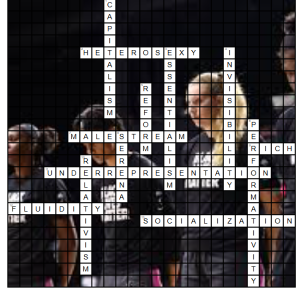
Exercise 10: Padlet Prompt
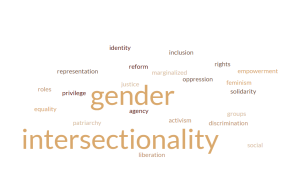
|

| Yes, I do feel the landscape is changing when it comes to women’s sports. The illustration is a powerful symbol of how women’s sports are beginning to demand more attention. Athletes like Angel Reese and Caitlin Clark are helping to bring more visibility and excitement to women’s sports, showing that people do care and are paying attention. The growing enthusiasm for women’s athletics whether in basketball, soccer, or other sports shows that there is an increasing recognition of the talent, hard work, and stories that these athletes live every day.
|

